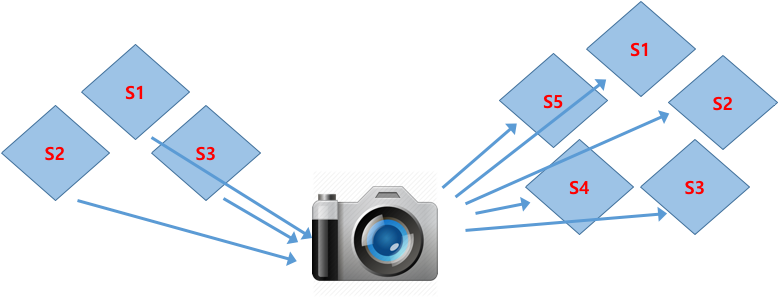AWS Database Blog
Tag: ElastiCache
Testing Automatic Failover to a Read Replica on Amazon ElastiCache for Redis
Darin Briskman is a developer evangelist at Amazon Web Services. You can reach him @briskmad “Trust, but verify.” — U. S. President Ronald Reagan, 1987 In this comment, President Reagan quoted a Russian proverb to describe his philosophy for nuclear disarmament treaties. But the same philosophy also applies well to DevOps! Amazon ElastiCache for Redis […]
ElastiCache for Redis Backup and Restore with Cluster Resizing
Clusters provide a lot of capabilities in Amazon ElastiCache for Redis. Using autosharding to distribute data across the shards of a cluster enables high performance (over 4.5m writes/sec and 20m reads/sec, with each operation typically under 500µs) and high capacity (up to 3.5TiB of data) with high reliability and with recovery of failed nodes usually […]
Amazon ElastiCache: Utilizing Redis Geospatial Capabilities
Amazon ElastiCache makes it easy to deploy and manage a highly available and scalable in-memory data store in the cloud. Among the open source in-memory engines available to you for use with ElastiCache is Redis, which added powerful geospatial capabilities in version 3.2. This post explores using these capabilities to build an app that locates […]
Caching Hudl’s News Feed with Amazon ElastiCache for Redis
Darin Briskman (@briskmad) is a developer evangelist for Amazon Web Services. We hope you enjoy this guest post from Joel Hensley, Engineering Director for the Community Tribe at Hudl, a leading software company that is revolutionizing the way coaches and athletes prepare for and stay ahead of the competition. You can reach Joel @fusbal. Hudl […]
Managing IoT and Time Series Data with Amazon ElastiCache for Redis
Michael Labib, Specialist Solutions Architect, In-Memory NoSQL You can use a number of AWS services to address the challenges associated with ingesting and analyzing time series data. In this blog post, I focus on IoT sensor data, but the principles and techniques described here can be applied to other data sources. What Is Time Series […]
Creating a Simple Autocompletion Service with Redis: Part One of Two
Darin Briskman (@briskmad) is a developer evangelist for Amazon Web Services. So you’ve figured out how to use a cool framework to make a great-looking web form. You’ve made it super-easy for people to understand each field and how to fill it out. But there is still a lot of stuff to type. How can […]





